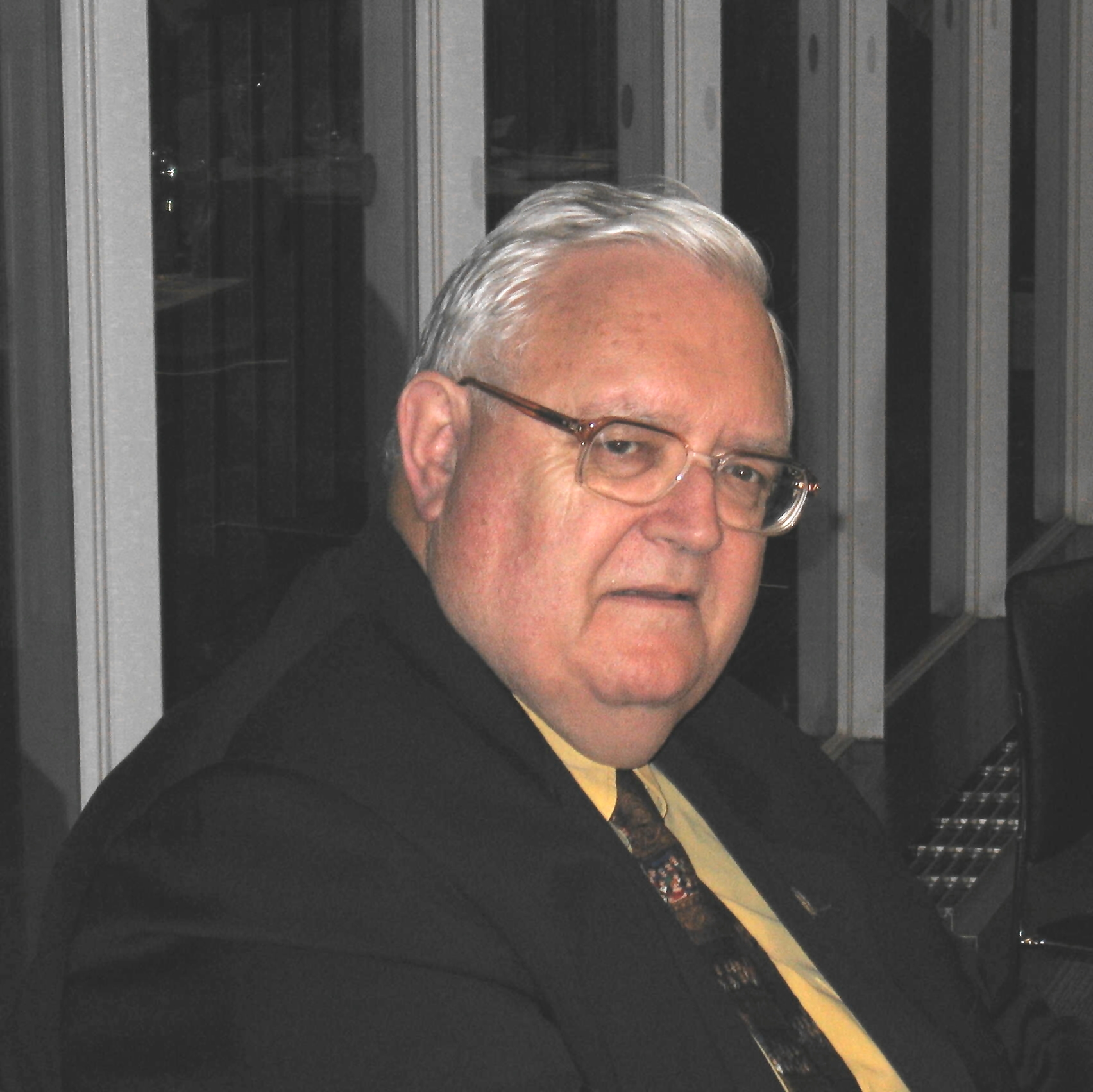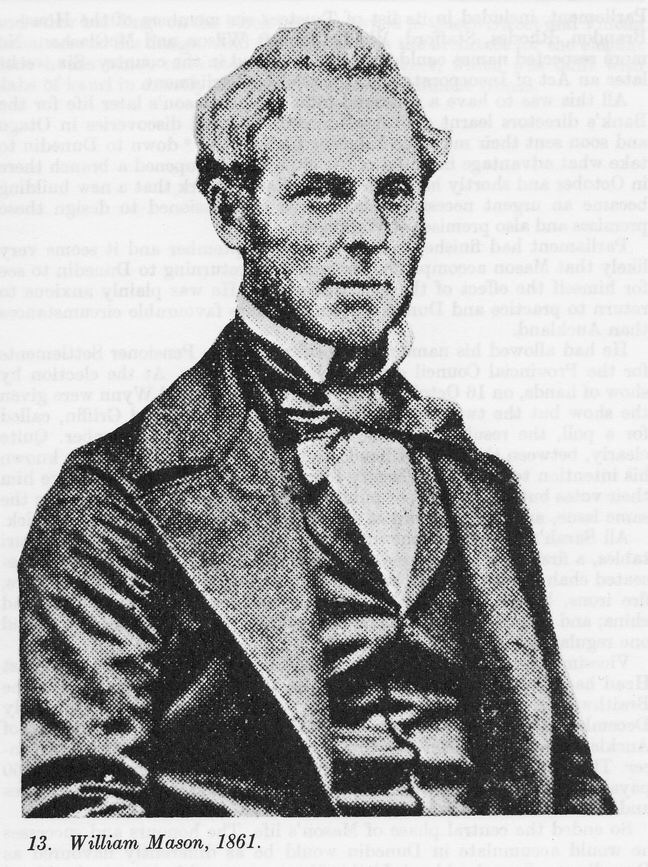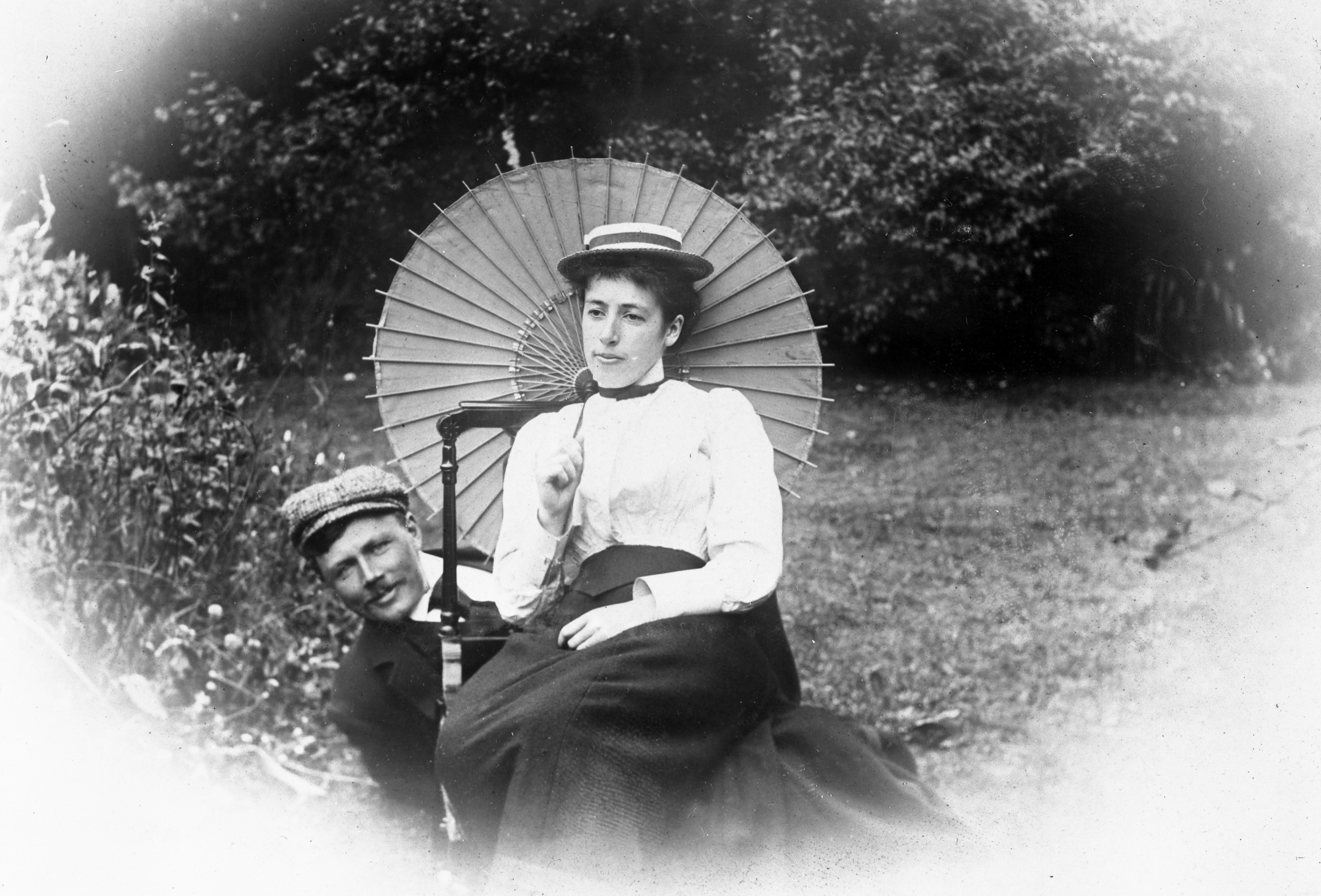|
Columba College, Dunedin
Columba College is an integrated Presbyterian school in Roslyn, Dunedin, New Zealand. The roll is made up of pupils of all ages. The majority of pupils are in the girls' secondary, day and boarding school, but there is also a primary school for boys and girls in years 1–6. History Columba College was established in 1915 by the Presbyterian Church of New Zealand as a private day and boarding school for girls with co-educational primary classes. The Rev'd Alexander Whyte was a key figure in the foundation of Columba College, through his vision for a Presbyterian girls' school. Columba College was created from two earlier Dunedin girls' schools, Girton College and Braemar House. Girton College had been founded in 1886 by the first woman graduate of the University of Otago, Caroline Freeman, who sold it to Frances Ross in 1891. Ross then purchased Braemar House and combined it with Girton College. Frances Ross was appointed by the Presbytery of Dunedin as the first Hea ... [...More Info...] [...Related Items...] OR: [Wikipedia] [Google] [Baidu] |
State-integrated School
In New Zealand, a state-integrated school is a former private school which has integrated into the state education system under the Private Schools Conditional Integration Act 1975, becoming a state school while retaining its special character. State-integrated schools were established by the Third Labour Government in the early 1970s as a response to the near-collapse of the country's then private Catholic school system, which had run into financial difficulties. As of July 2022, there were 335 state-integrated schools in New Zealand, of which 236 identify as Roman Catholic. They educate approximately 92,482 students, or 11.2% of New Zealand's student population, making them the second-most common type of school in New Zealand behind non-integrated state schools. History New Zealand's state education system was established in 1877. Prior to then, schools were run by church groups and other private groups. From 1852 until provinces were abolished in 1876, all schools were ent ... [...More Info...] [...Related Items...] OR: [Wikipedia] [Google] [Baidu] |
William Mason (architect)
William Mason (24 February 1810 – 22 June 1897) was a New Zealand architect born in Ipswich, England, the son of an architect/builder George Mason and Susan, née Forty. Trained by his father he went to London where he seems to have worked for Thomas Telford (1757–1834). He studied under Peter Nicholson (1765–1844) before eventually working for Edward Blore (1787–1879). In 1831 he married Sarah Nichols, a Berkshire woman apparently fifteen years older than he was. A son was born in the first year of their marriage. In 1836 he returned to Ipswich to practise. Having worked at Lambeth Palace he had attracted the interest of the bishop of London, who now employed him independently designing churches and parsonages. These included three commissions for churches in Essex: St Lawrence, East Donyland; St Botolph, Colchester; and St James, Brightlingsea. The most remarkable of these is St Botolph's (1838) in white brick and Norman style. Apparently Georgian in plan and in its i ... [...More Info...] [...Related Items...] OR: [Wikipedia] [Google] [Baidu] |
Educational Institutions Established In 1915
Education is the transmission of knowledge and skills and the development of character traits. Formal education occurs within a structured institutional framework, such as public schools, following a curriculum. Non-formal education also follows a structured approach but occurs outside the formal schooling system, while informal education involves unstructured learning through daily experiences. Formal and non-formal education are categorized into levels, including early childhood education, primary education, secondary education, and tertiary education. Other classifications focus on teaching methods, such as teacher-centered and student-centered education, and on subjects, such as science education, language education, and physical education. Additionally, the term "education" can denote the mental states and qualities of educated individuals and the academic field studying educational phenomena. The precise definition of education is disputed, and there are disagreement ... [...More Info...] [...Related Items...] OR: [Wikipedia] [Google] [Baidu] |
Boarding Schools In New Zealand
Boarding may refer to: *Boarding, used in the sense of " room and board", i.e. lodging and meals as in a: ** Boarding house **Boarding school A boarding school is a school where pupils live within premises while being given formal instruction. The word "boarding" is used in the sense of "room and board", i.e. lodging and meals. They have existed for many centuries, and now extend acr ... * Boarding (horses) (also known as a livery yard, livery stable, or boarding stable), is a stable where horse owners pay a weekly or monthly fee to keep their horse * Boarding (ice hockey), a penalty called when an offending player violently pushes or checks an opposing player into the boards of the hockey rink * Boarding (transport), transferring people onto a vehicle * Naval boarding, the forcible insertion of personnel onto a naval vessel * Waterboarding, a form of torture See also * Board (other) * Embarkment (other) {{disambig ... [...More Info...] [...Related Items...] OR: [Wikipedia] [Google] [Baidu] |
Presbyterian Schools In New Zealand
Presbyterianism is a historically Reformed Protestant tradition named for its form of church government by representative assemblies of elders, known as "presbyters". Though other Reformed churches are structurally similar, the word ''Presbyterian'' is applied to churches that trace their roots to the Church of Scotland or to English Dissenter groups that were formed during the English Civil War, 1642 to 1651. Presbyterian theology typically emphasises the sovereignty of God, the authority of the Scriptures, and the necessity of grace through faith in Christ. Scotland ensured Presbyterian church government in the 1707 Acts of Union, which created the Kingdom of Great Britain. In fact, most Presbyterians in England have a Scottish connection. The Presbyterian denomination was also taken to North America, Australia, and New Zealand, mostly by Scots and Scots-Irish immigrants. Scotland's Presbyterian denominations hold to the Reformed theology of John Calvin and his immed ... [...More Info...] [...Related Items...] OR: [Wikipedia] [Google] [Baidu] |
List Of Schools In New Zealand
New Zealand has over 2,500 primary and secondary schools. State schools and state integrated schools are primarily funded by the central government. Private schools receive a lower level of state funding (about 25% of their costs). See Secondary education in New Zealand for more details. Population decline in rural and some urban areas has led to school closures in recent decades. This was a much debated topic in 2003–2004. Schools by region North Island *List of schools in the Auckland Region *List of schools in the Bay of Plenty Region *List of schools in the Gisborne District *List of schools in the Hawke's Bay *List of schools in Manawatū-Whanganui *List of schools in the Northland Region *List of schools in Taranaki *List of schools in Waikato *List of schools in the Wellington Region South Island *List of schools in the Canterbury Region **List of schools in Christchurch *List of schools in the Marlborough district *List of schools in Nelson, New Zealand *List of ... [...More Info...] [...Related Items...] OR: [Wikipedia] [Google] [Baidu] |
Irene McInnes
Alice Mary Irene McInnes (29 April 1893 - 30 August 1969; née Black) was one of the founders of the New Zealand Basket Ball Association (NZBBA) in 1924, along with Betty Armstrong and Myrtle Muir. Biography In her early life, Black was known as Rene. She was born in Victoria, Australia, to Blanche Ann Black (née Ireland) and Robert Sheriff Black. She had three siblings: two brothers, one of whom was Gerald Ireland Black; and one sister, Gladys Muriel Black. Following the death of her mother, her father remarried Helen MacKenzie and fathered three more children: Helen MacKenzie Black, Elizabeth Ann Black and Robert Sheriff Black, Irene's half-sisters and brother. McInnes attended Christchurch Teachers Training College from 1912 to 1914 and passed university courses in math, inorganic chemistry, geology, French and physics as part of her teacher training. Just before the start of the First World War, she qualified as a science teacher. She worked during the war at Waitati Primary ... [...More Info...] [...Related Items...] OR: [Wikipedia] [Google] [Baidu] |
Greta Stevenson
Greta Barbara Stevenson (10 June 1911 – 18 December 1990) was a New Zealand botanist and mycologist. She described many new species of Agaricales (gilled mushrooms). Background and education Stevenson was born in Auckland, New Zealand, the oldest of four children of William Stevenson and his wife Grace Mary Scott. William was the managing director of the canned food manufacture Irvine and Stevenson. The Stevenson family moved to Dunedin in 1914, and Greta attended Columba College from 1925 to 1928. She later went on to the University of Otago in 1929, from which she graduated with a BSc in 1932, and then an MSc in botany with first-class honors in 1933. Her thesis was about the life history of the rare parasitic ''Korthalsella''. After graduating she moved to London to attend the Imperial College of Science and Technology, where she completed a PhD in mycology and plant pathology. She married Edgar Cone in 1936, a research student in chemical engineering, with whom she had t ... [...More Info...] [...Related Items...] OR: [Wikipedia] [Google] [Baidu] |
Cilla McQueen
Priscilla Muriel McQueen (born 22 January 1949) is a New Zealand poet and three-time winner of the Mary and Peter Biggs Award for Poetry, New Zealand Book Award for Poetry. Early years and education McQueen was born on 22 January 1949 in Birmingham, England. Her family moved to New Zealand when she was four. She was educated at Columba College in Dunedin and University of Otago (Master's Degree, Master's with first-class Honours in 1971). She was awarded an honorary Doctorate in Literature by University of Otago in 2008. Career A poet and artist, she has published many collections, including two sound recordings and two selected works, of her poetry. In 2009 she was named New Zealand Poet Laureate. She also received the Prime Minister's Awards for Literary Achievement (Poetry) in 2010. Other awards include: NZ Book Award for Poetry 1983, 1989 and 1991; Robert Burns Fellowship at Otago University 1985 & 1986; Fulbright Visiting Writer's Fellowship 1985; Inaugural Australia-New ... [...More Info...] [...Related Items...] OR: [Wikipedia] [Google] [Baidu] |
Frances Hodgkins
Frances Mary Hodgkins (28 April 1869 – 13 May 1947) was a New Zealand painter chiefly of landscape, and for a short period was a designer of textiles. Born in Dunedin, she was educated Dunedin School of Art, then became an art teacher, earning money to study in England. A modernist artist, hallmarks such as abstracted, simplified forms and a strong emphasis on colour values and relationships. She was considered to be a key figure in British Modernism, also considered one of New Zealand's most prestigious and influential painters. However, it is the work from her life in Europe, rather than her home country, on which her reputation rests. Early life and education Hodgkins was born in Dunedin, New Zealand, in 1869, the daughter of Rachel Owen Parker and W. M. Hodgkins, a lawyer, amateur painter, and a leading figure in the city's art circles. As a girl she and her sister, Isabel (later Field) attended Braemar House, a private girls' secondary school; both sisters dem ... [...More Info...] [...Related Items...] OR: [Wikipedia] [Google] [Baidu] |
Socioeconomic Decile
In the New Zealand education system, decile was a key measure of socioeconomic status used to target funding and support schools. In academic contexts the full term "socioeconomic decile" or "socioeconomic decile band" was used. A school's decile indicated the extent to which the school draws its students from low socioeconomic communities. Decile 1 schools were the 10% of schools with the highest proportion of students from low socio-economic communities. This system was implemented in 1995 and later replaced by the Equity index in January 2023. Details A school's socioeconomic decile was recalculated by the Ministry of Education every five years, using data collected after each Census of Population and Dwellings. They were calculated between censuses for new schools and merged schools, and other schools may move up or down one decile with school openings, mergers and closures to ensure each decile contains 10 percent of all schools. Current deciles were calculated in 2014 fol ... [...More Info...] [...Related Items...] OR: [Wikipedia] [Google] [Baidu] |
Equity Index (New Zealand)
Equity Index (EQI) is a way the Ministry of Education uses to calculate equity funding for schools in New Zealand. It replaced the socioeconomic decile system, which was phased out from January 2023. Background In September 2019 the Sixth Labour Government announced the decile system would be replaced by a new "Equity Index" which would come into effect as early as 2021. In mid-May 2022, the 2022 New Zealand budget allocated $8 million for the capital cost and $293 million for operating costs for the new Equity Index, but no date of introduction was given. Implementation In July 2022, their Equity Index rating numbers were advised to New Zealand (state and state-integrated) schools to be introduced in 2023. The Statistics Department utilised 37 socio-economic factors for each pupil, including both parents' educational levels, imprisonment data and benefit history plus Oranga Tamariki notifications and student transience to calculate a school index number between 344 and 569 f ... [...More Info...] [...Related Items...] OR: [Wikipedia] [Google] [Baidu] |





